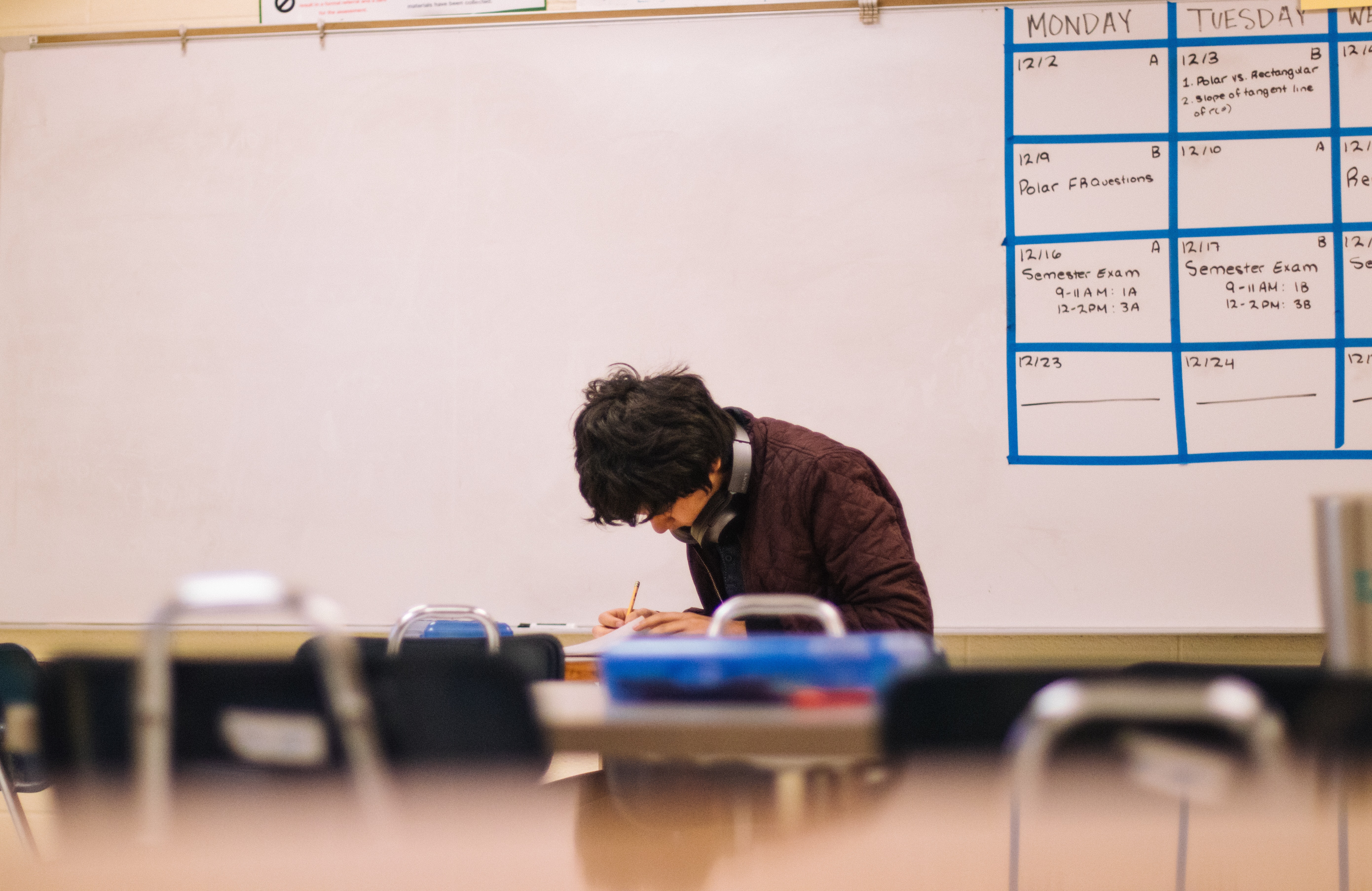
Technical Exercises For Better Violin Technique
At each stage of the development journey, a violinist needs to keep a handful of technical exercises, drills and etudes up his or her sleeve. Most importantly, you should work with a qualified violin teacher to help you find the right technical etudes - they will keep you on track and spend your practice time wisely. But here is a brief overview of drills that should be in every violinist’s arsenal. If you’d like to inquire about violin lessons in Houston, please get in touch.
Violin Exercises for Beginners
For beginners, establishing a solid foundation is crucial. Simon Fischer's "Basics" is an excellent resource that provides a comprehensive set of exercises for early-stage violinists. His 300 practice exercises and drills for young violinists can supplement almost any lesson program, and they will help you develop better tone and dexterity.
Open String Bowing
Start with simple bowing on open strings. This helps in developing a straight bowing technique and understanding bow distribution. Practice long, even bow strokes on each string, focusing on keeping the bow parallel to the bridge.
Finger Placement Exercises
Use scales to practice correct finger placement. Start with a one-octave G major scale, ensuring each finger falls in the right place with a good hand shape, and in pitch. Consistent practice will develop muscle memory for accurate intonation.
Basic String Crossings
Practice moving the bow smoothly from one string to another. Exercises like the "String Crossing" in Fischer's "Basics" help in developing a relaxed and controlled arm movement.
Intermediate Level Exercises
As violinists progress, the complexity of exercises increases. Ševčík's "School of Violin Technique," for instance, offers excellent exercises for intermediate players. Of course, the definition of “intermediate” is a moving target - your teacher will know exactly how to help you move to the next level.
Scales and Arpeggios
Expand scale practice to include two and three-octave scales and arpeggios. Focus on intonation, even tone, and smooth shifts between positions. At this point, the violinist should start to practice playing scales with crescendos and decrescendos.
Double Stops
Begin with simple double stops to improve intonation and left-hand strength. Use Ševčík’s exercises to practice double stops in different intervals, starting with thirds and sixths. When practicing double stops, start slowly and listen carefully to each note for clear, in-tune sounds. Gradually increase the speed, ensuring both notes ring equally without tension in the left hand.
Vibrato Exercises
Work on developing a controlled and expressive vibrato. Start with slow, wide oscillations, gradually increasing speed while maintaining control. Additionally, incorporate exercises emphasizing wrist flexibility and finger strength. Use a metronome to develop a rhythmic vibrato at various speeds. Practice on different fingers and strings, transitioning smoothly between non-vibrato and vibrato notes to enhance expressiveness and technical versatility on the violin.
Advanced Level Exercises
For advanced violinists, exercises become more complex and specialized. Galamian's "Principles of Violin Playing and Teaching" can be an invaluable resource at this level.
Advanced Scale Work
Practice scales in all keys, incorporating various bowing techniques and rhythms. Galamian’s acceleration patterns in scale practice are particularly effective for improving agility and speed.
Paganini Caprices
These are excellent for advanced technical development, challenging the player with complex fingerings, bowings, and double stops. The Paganini Caprices also excel in enhancing dexterity and agility. They require precise coordination between the left and right hands, promoting advanced techniques like spiccato and sautillé bowings. Furthermore, these pieces demand emotional expressiveness and interpretative skills, blending technical prowess with musical storytelling, crucial for holistic violin mastery.
Bach Sonatas and Partitas
Practicing these works enhances musicality and technical proficiency. Focus on clean articulation, phrasing, and stylistic interpretation. You can also use these for auditions, and they may even be called for as excerpts in blind contests.
Incorporating Exercises into Practice
It’s essential to integrate these exercises into daily practice sessions. Beginners should focus on mastering the basics with patience, while intermediate and advanced players should challenge themselves with increasingly complex exercises. A balanced practice routine should include scales, etudes, and pieces that apply and reinforce the techniques learned in exercises.
Practice Technique - But Don’t Overdo It
Technical exercises are the building blocks of violin mastery, but it is possible to cause injury by over-practicing. Consult with your teacher before spending time on new etudes, and make sure you always practice them with perfect form, and at a slow tempo, before speeding up. You need to avoid tendonitis and other injuries.
For violin lessons in Katy, or if you need a violin teacher in Pearland, please get in touch! We’d be happy to hear from you.





